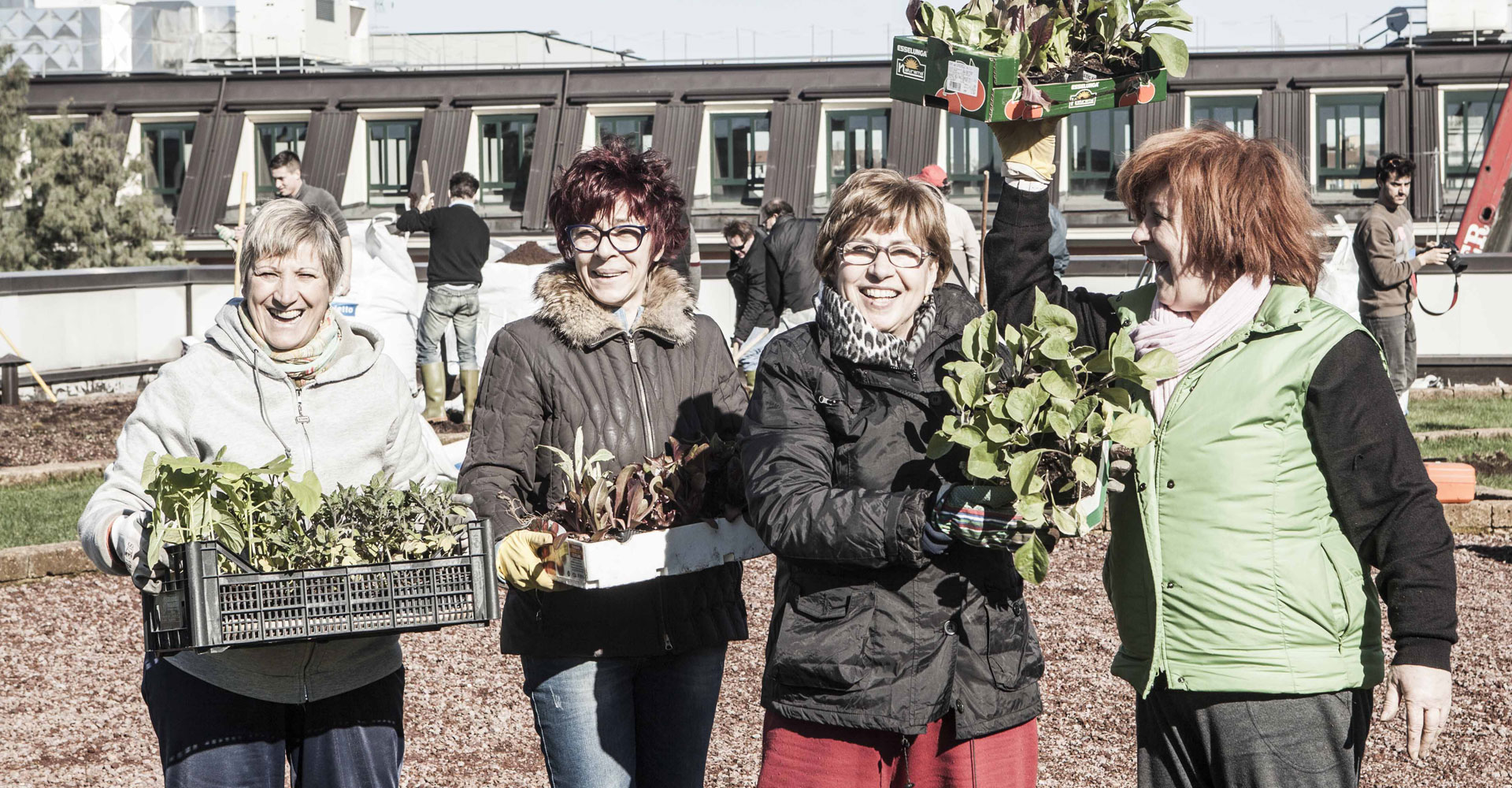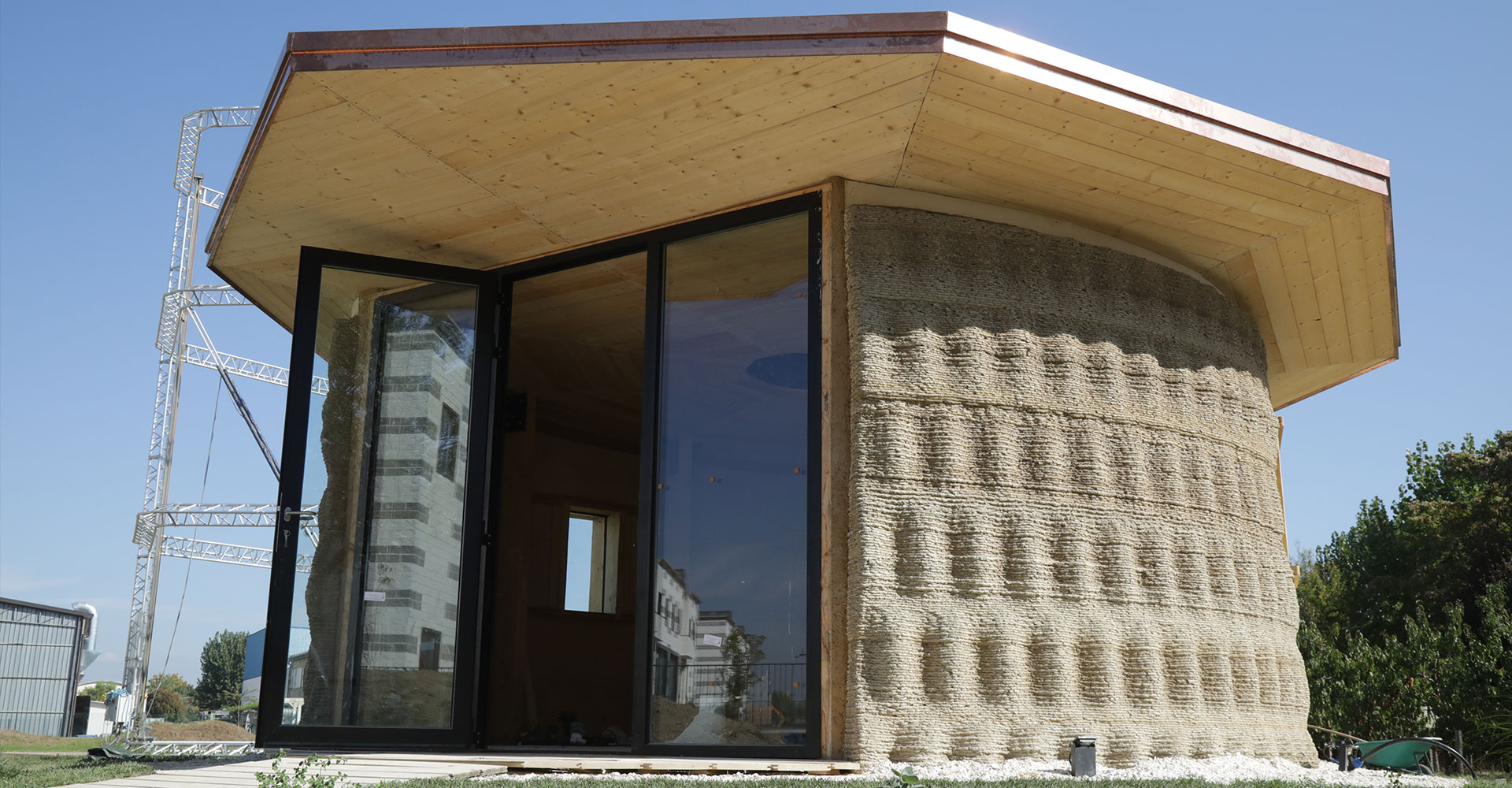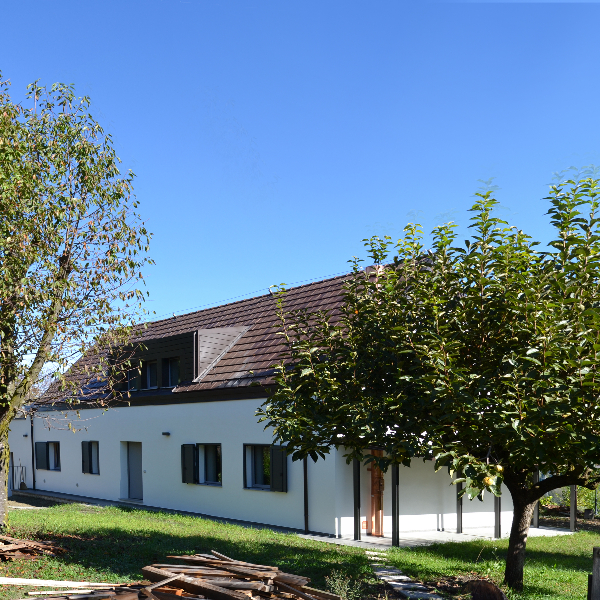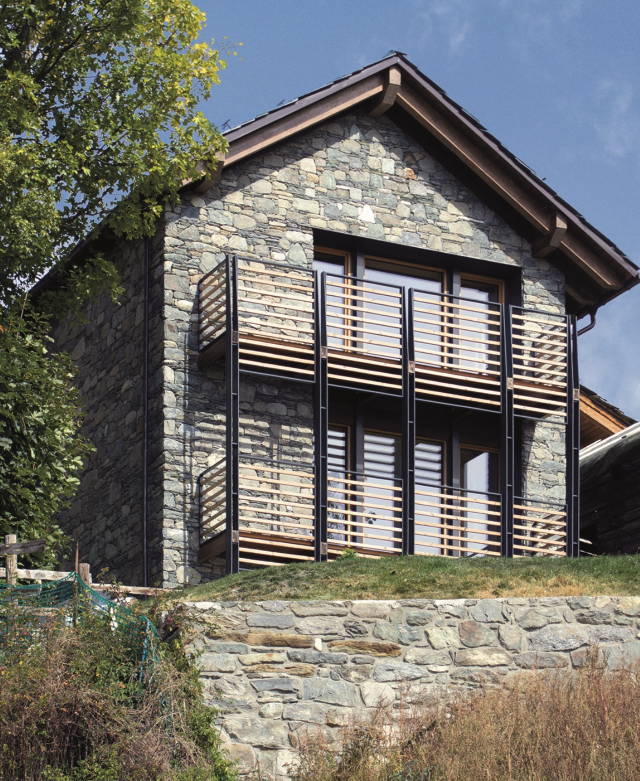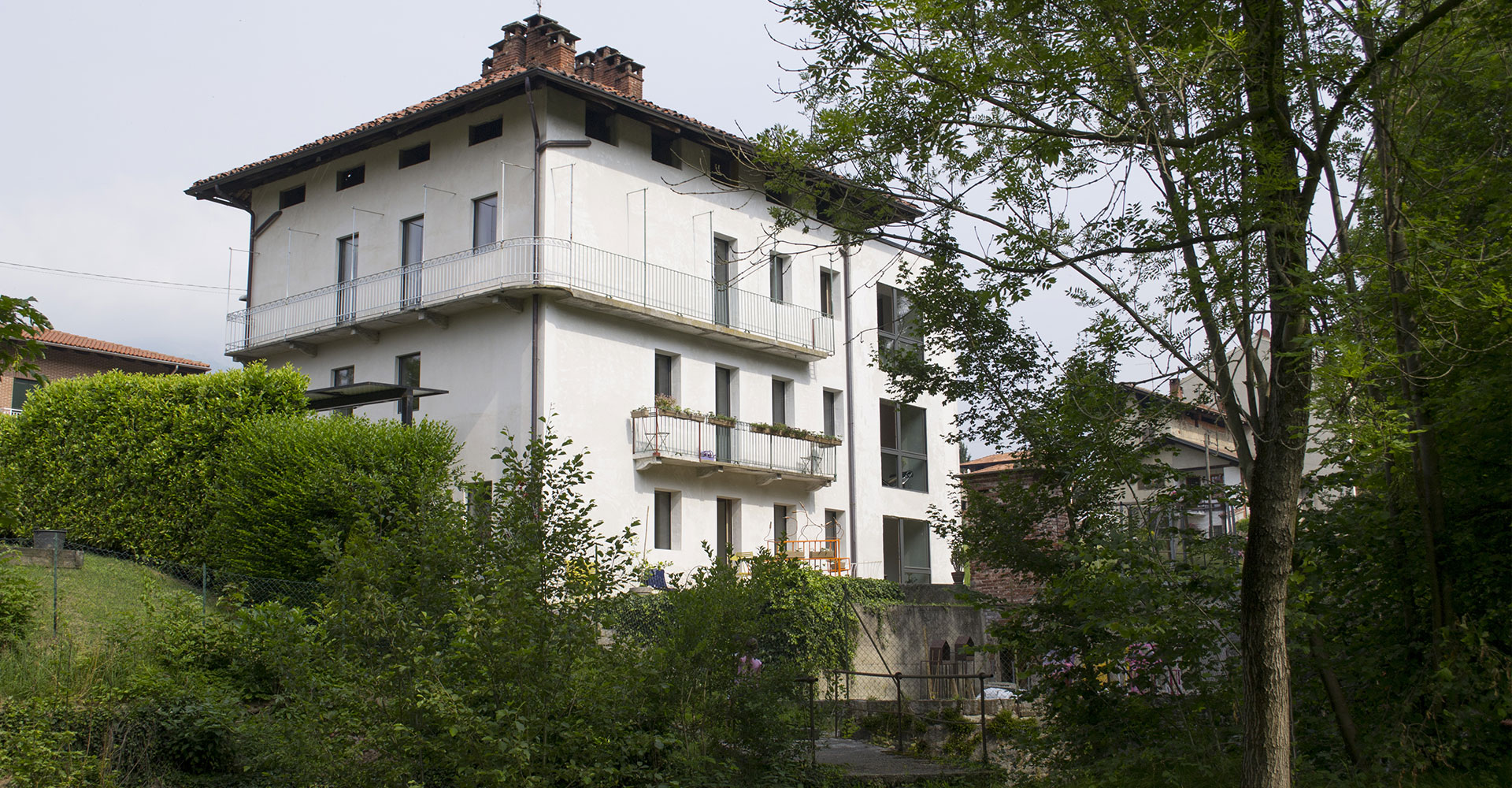What does social impact mean for Ricehouse?
A new corporate vision is born within a world system made up of people, things and energy, which are moved almost unnoticeably by time. Our goal is to generate a positive impact for society in the long term, helping to create, today and tomorrow, the conditions for social and environmental prosperity. From 2020, Ricehouse becomes a benefit company, an evolution of the very concept of a company: they integrate in their corporate purpose, in addition to profit objectives, the goal of having a positive impact on society and the biosphere
Benefit company
A Benefit Company is a legal entity that creates a solid foundation for a long-term mission alignment and creation of shared value. They are not Social Enterprises or an evolution of the non-profit sector, but a positive transformation of the dominant for-profit business models, to make them more appropriate for the challenges and opportunities of 21st century markets.
In addition to the purpose of profit, benefit companies voluntarily pursue, in the management of their business activities, one or more purposes of common benefit. By common benefit it is meant ‘the pursuit of one or more positive effects’ (which can also be pursued by reducing negative effects) on people, communities, territories and environment, cultural and social goods and activities, bodies and associations and other stakeholders.
Attached to the financial statements, the company prepares an annual report on the pursuit of common benefits, which include the information required by law for such a report. The report is made public through the company’s website. The assessment of the impact generated by the pursuit of common benefits shall be carried out by the company on the basis of the international external assessment standard B Impact Assessment (BIA).

Which benefit common areas are persuade by Ricehouse?
Management of materials from rice processing industry: organization, at regional level, of an activity that is able to support the supply chain process, increase the employment rate and feed market needs;
Sustainable recovery of rural service buildings, which are scattered across the countryside and are disused, to use them as functional places for storage and logistics, to avoid further land consumption;
Protection of the environmental system and the parties involved, promoting the traceability of the supply chain, i.e. the possibility of knowing exactly what quantities are produced, collected, and transferred to which recipients;
Creating a real answer to the environmental problem, which is directly linked to the burning of waste in the fields, and thus, the resulting increase in air pollution in terms of fine dust and CO2;
Encouraging sustainable conditions for traditional agribusiness production, by discouraging the replacement of rice farming with unsustainable practices, such as the conversion of rice fields to crops, and practices related to other cereals;
Enhancement of the bond that has been built over time between the territory and its inhabitants: highlighting the different territorial marketing strategies which are able to blend the district dimension with this new and different type of economy;
Arrangement of building materials with very low environmental impact (gray energy) that can be an example of (nearly) zero-energy architecture and construction;
Supporting the use of natural fibers as a real alternative to petrochemicals;
Maintenance on the territory of people, resources and education.

